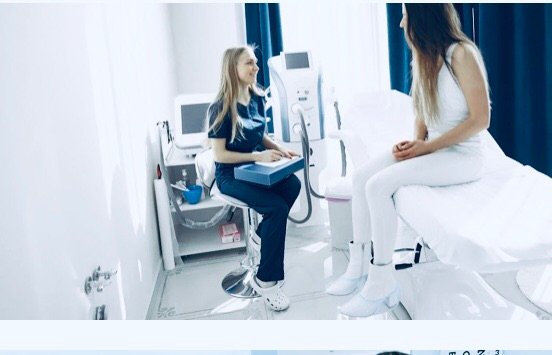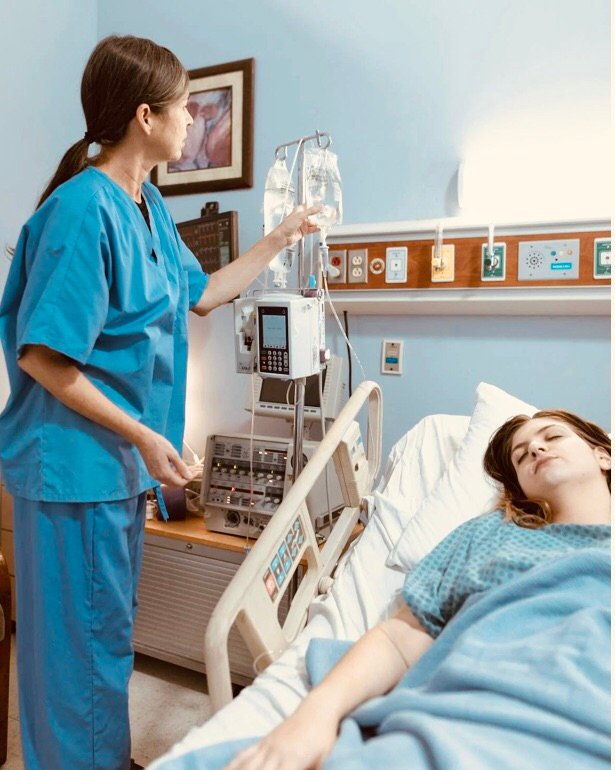
In this blog post, you will learn the concepts of infection prevention and control, which you will apply in nursing practice as a potential nurse, or practicing nurse.

You will also learn some of the basic procedures in nursing which include how to lift and move patients; collect specimens; neurological assessment; take vital signs; and drugs administration, contradiction, and interaction; incisions and drainage; monitor intravenous fluids; take care of your patients, record-keeping, office management, etc.
Principles Of Nursing Practicing In Nigeria
Nursing practice is the application of acquired knowledge and skills that help to improve an individual’s level of health. As such, all nurses, irrespective of their level of educational preparation, should learn basic skills that are fundamental to the practice of nursing.
The American Nurses Association states that “Nursing is the diagnosis and treatment of human responses to actual or potential health problems. Nursing involves skills that are beneficial to sick or well individuals.”
As a student nurse, you are being prepared by professionals to provide services in many diverse settings such as hospitals, schools, industry, and home care.
What are the major goals of nursing?
- Promote health and prevent diseases
- Restore health
- Relieve suffering
What nursing skills do for patients
- Nursing skills help patients breathe normally
- Helps patients eat and drink adequately
- Eliminate body wastes
- Move and maintain desirable postures
- Sleep and rest
- Select suitable clothing, dress and undress
- Maintain body temperature within normal range by adjusting clothing and modifying the environment
- Keep the body clean and well groomed and protect the integument
- Provide their basic needs
- Communicate with others in expressing emotions, needs fears or options
- Worship according to ones faith
- Work in such a way that there is a sense of accomplishment
- Reassure them of good health
- Play or participate in various forms of recreation
- Assist them with relevant things
- Give them hope
- Learn, discover and satisfy the curiosity that leads to normal health and use of the available health facilities
Therefore, in the provision of comprehensive care, as stated, Nurses will be required to apply sciences such as sociology and psychology. Nurses will also be required to incorporate certain skills such as assessment, caring, counseling, and comforting skills.
How to lift and move your patients as a Nurse
Certain techniques are used when lifting and moving your patient to help prevent injury to the patient as well as to the nurse.
Know the patient’s diagnosis, capabilities, weaknesses, and any movement they are not allowed to undertake. They include:
- Put on braces and other devices a patient may use before getting them out of bed.
- Plan exactly what will be done while transferring a patient so that appropriate techniques will be utilised. This is because without planning you or the patient may acquire an injury.
- Explain to the patient what will be done. Then use the patients ability to assist as much as possible to reduce the workload on you, the nurse.
- Remove obstacles that may make transferring more difficult prior to transferral.
- Elevate the patient’s bed as necessary so that work is being done at a safe and comfortable level.
- Lock the wheels of the bed, wheelchair or stretcher to prevent them from sliding as the patient is moved.
Basic Guidelines when Transferring Your Patient
Observe sound principles of body mechanics so that muscles are not strained and injured.
- Be sure to keep the patients in proper alignment during transfer procedures so that the patient is also protected from strain and muscle injury.
- Support the patient’s body, especially near the joints. Avoid grabbing and holding extremely by the muscles, which will injure tissues and often put unnecessary strain on joints.
- Avoid causing friction on the patient’s skin. Roll or push the patient when possible rather than pull them across bed linens. Friction can be reduced by sprinkling powder or cornstarch on the patient’s skin and linens.
- Use smooth rather than jerky movements when transferring the patient. Jerky motion tends to put extra strain on muscles and joints and is uncomfortable for the patient.
- Be realistic about how much you can safely do without injury
How To Transfer Your Patient To and From a Stretcher
You must take absolute care, when transferring your helpless patient, to prevent injuring the patient and yourself.
The extremities and the head must be supported well. The most convenient way to move a patient is to place a sheet underneath them, then pull carefully on the sheet under the patient to another point, such as from a bed to a stretcher and from a stretcher back to a bed.
When a patient must be lifted and carried, a three-carrier lift is recommended.
Transferring Your Patient From a Bed to a Chair and Back to Bed

The chair in which a patient sits should make it possible for them to maintain good posture. If a patient can assist and stand while they are being transferred from a bed to a chair or wheel chair, use the following techniques:
- Use equipment with firm and stable surfaces. If the mattress is soft and the patient sinks into it, place a bed board under it before transferring the patient to a chair or wheelchair
- Take the patient’s condition into account
- Make distance for transferring as short as possible
- Place the chair or wheel chair parallel to and near to the head of the bed. Be sure that the wheels of a wheelchair are locked and the foot supports are in the upright position
- Place the short bed rails in the up position so that the patient can grasp a rail to sit up in bed and steady their self as they move.
- Stand on the side of the bed on which the patient will be moving. Do not reach across the bed to assist the patient. Help the patient to a sitting position.
- Allow the patient to sit a few seconds until you are sure they are not feeling faint.
- Pivot the patient appropriately as they sit at the side of the bed. If they are going to walk, help them put on shoes and stockings. Hard soled and well fitting shoes will give them more support than loose, floppy slippers.
- Place the bed in the low position or have a foot-stool handy on which the patient can stand on as they get out of bed.
- Face the patient, spread their feet to provide a wide base of support and balance, put one of your feet forward between the patient’s feet, and flex the knees to provide stability. The patient puts their hands on your shoulders, while you hold in the ancillary area. Grasping the patient on their chest wall is uncomfortable and restricts breathing.
Some nurses prefer to lock arms to assist the patient to a standing position. This entails the following procedure:
- As the patient’s upper body is lifted, ask the patient to lift their self from the bed. If a footstool is used, assist the patient off of it while continuing to hold them.
- Maintain a wide base of support while pivoting with the patient so that their back is towards the chair.
- Bend the knees and keep the back straight as the patient is lowered into the chair or wheel chair.
After helping the patient to their feet, you should assist them into their chair. A chair with arms would provide another
means for the patient to help support and guide them into the chair.
Have the patient assist by holding onto the armrests of the chair or wheelchair if they are available as they are being lowered onto it.
When a patient cannot assist with the transfer, for example, a patient cannot stand before they sit in a chair, it is best to have two persons lift the patient from the bed into a chair. One person can do so unless the patient is too heavy.

The single-person technique is handy for home use and in situations when only one person is available. With the chair near the bed, and while supporting the patient from the back, gently move the helpless patient into the chair. You should have a wide base of support. Bend your knees and rock back as the patient slides to the chair. Place the patient’s feet and legs onto the bed first as you roll them off the chair and onto the bed.